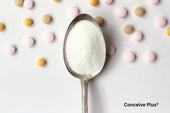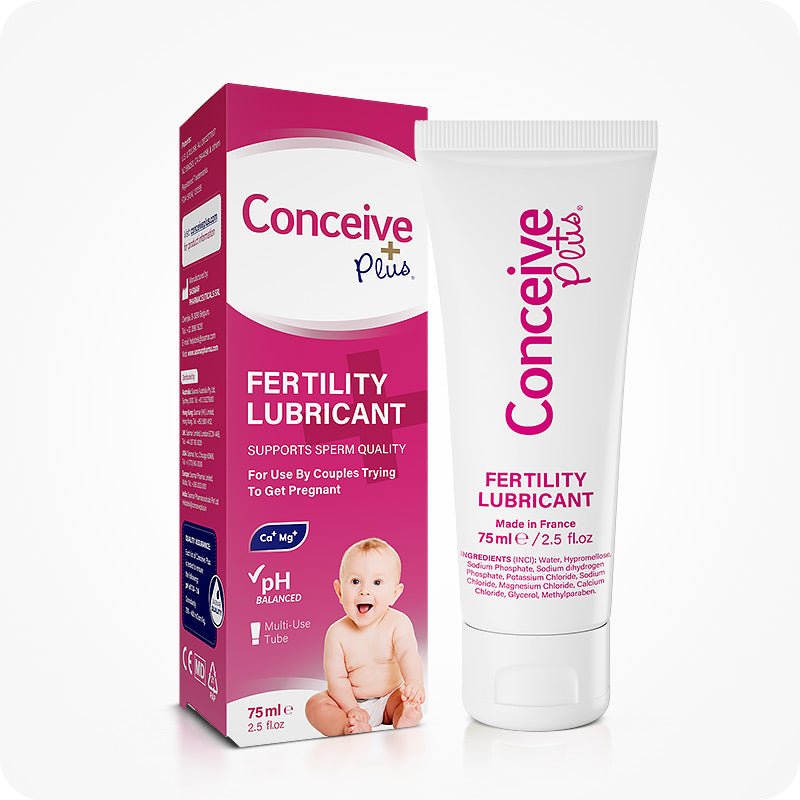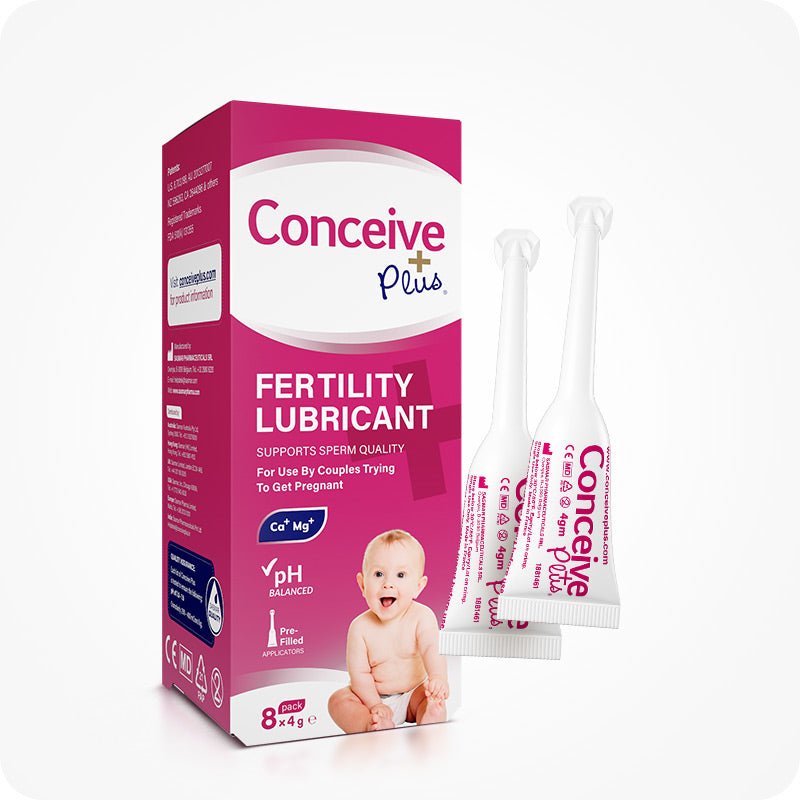Inositol for Weight Loss: Harnessing Cellular Signaling to Reshape Metabolism

Inositol for weight loss has captured the imagination of researchers, clinicians, and health seekers alike, promising a novel way to tackle stubborn fat by working with—rather than against—the body’s own chemistry. Although it is often grouped with the B‑complex, inositol is actually a sugar alcohol that the body can manufacture from glucose. Of the nine naturally occurring stereoisomers, myo‑inositol dominates, accounting for roughly ninety‑nine percent of the circulating pool.
Citrus fruit, cantaloupe, beans, nuts, and whole‑grain bread supply about a gram per day, while intestinal bacteria contribute a modest secondary amount. Inside every cell, inositol forms the backbone of phosphatidylinositol phosphates—lipids that anchor hormone receptors and launch intracellular messengers. Without this scaffold, insulin, thyroid hormone, and even serotonin cannot deliver their full metabolic instructions, a fact that explains why poor inositol status often coincides with sluggish calorie burning and mood‑related eating [1].
How Inositol Influences Metabolism and Body Composition
Does inositol help with weight loss? The clearest pathway involves insulin. When insulin docks on its receptor, an inositol‑derived messenger called IP3 opens the door for glucose to enter muscle and liver cells. If that door creaks, the pancreas compensates by releasing more insulin, locking the body into fat‑storage mode and intensifying cravings for refined carbohydrates. Supplemental inositol lubricates the hinge, lowering circulating insulin and shifting the body toward fat utilization. Human trials show modest but consistent reductions in body‑mass index and waist circumference—changes that align with improved insulin sensitivity rather than water loss or muscle catabolism. Because insulin also influences leptin and ghrelin, better signaling translates into quieter hunger cues and fewer late‑night snack raids.
If you're curious about whether do prenatals make you gain weight and want to explore how prenatal vitamins might affect your metabolism, be sure to read our article "Do Prenatals Make You Gain Weight and Are Prenatal Vitamins the Cause" for detailed insights.
The PCOS Connection: Hormonal Balance and Weight Management
Polycystic ovary syndrome creates a perfect storm of insulin resistance, elevated androgens, and chronic inflammation that encourages stubborn weight gain. Unsurprisingly, inositol pcos weight loss protocols have become standard in reproductive‑endocrinology clinics. Randomized controlled studies using four grams of myo‑inositol daily demonstrate average weight reductions of three to seven kilograms over six months, improvements in ovulatory regularity, and meaningful decreases in waist circumference. Researchers attribute the changes to lower fasting insulin, a drop in luteinizing hormone, and calmer androgen production. For many women, these shifts finally unlock the ability to lose weight with diet and exercise routines that previously seemed ineffective [2].
Myo‑Inositol Versus Other Isoforms: Which One Matters for the Scale?
All nine isoforms share a six‑carbon ring dotted with hydroxyl groups, yet their biological specialties diverge. Myo inositol weight loss data dominate the literature because this form is the immediate precursor for IP3. D‑chiro‑inositol, produced from myo‑inositol by an insulin‑dependent enzyme, excels at glycogen synthesis and ovarian steroid regulation. Excess D‑chiro relative to myo can impair oocyte quality, so supplements usually employ a 40:1 ratio that mirrors healthy plasma levels. Some formulas add pinitol, an inositol‑like compound found in carob and legumes, for its potential to further stabilize blood sugar, but head‑to‑head comparisons show that plain myo‑inositol at four grams per day delivers the most consistent weight outcomes while keeping cost low [3].
Translating Research into Daily Practice: Dosage, Timing, and Synergy
Most successful studies use two grams of powder taken twice per day. The neutral crystals dissolve easily in water, herbal tea, or a protein shake, making adherence simple. Splitting the dose maintains steadier plasma levels and minimizes the mild bloating that can occur when large amounts hit the gut at once. Because inositol and glucose share intestinal transporters, consuming the supplement with a low‑glycemic meal enhances absorption, whereas pairing it with a sugary beverage blunts uptake.
Caffeine accelerates renal clearance, so spacing coffee at least one hour away from supplementation is prudent. Stacking inositol with chromium picolinate, alpha‑lipoic acid, or soluble fiber creates complementary insulin‑sensitizing effects, and combining it with omega‑3 fatty acids appears to lower inflammatory cytokines that block fat loss. Emerging clinical practice also pairs inositol with berberine—an alkaloid that activates AMP‑activated protein kinase—to create a metabolic milieu that mimics calorie restriction at the cellular level. Regardless of the stack you choose, consistency is king; taking the supplement at the same times each day trains both habit and metabolism.
If you're exploring natural ways to manage weight and balance hormones during menopause, be sure to read our guide "How Effective is Maca for Menopause Weight Loss and Balancing Hormones Naturally" to learn how maca for menopause weight loss can make a difference.
Potential Side Effects and Safety Considerations
Clinical trials report excellent tolerability, even at doses as high as eighteen grams per day. The most common complaints—mild bloating, transient nausea, or loose stools—usually stem from ramping up intake too quickly. Starting at one gram twice daily and increasing over a week mitigates these annoyances. Rarely, sensitive individuals experience headaches or dizziness, thought to result from rapid shifts in blood glucose. People taking insulin, sulfonylureas, or SGLT2 inhibitors should monitor readings closely when initiating inositol. Pregnant women have used the nutrient safely to reduce gestational‑diabetes risk, but it is still wise to clear any supplement with a healthcare provider.
Realistic Expectations: Setting Measurable Goals
Inositol weight loss outcomes are steady rather than spectacular, and that is a virtue. Meta‑analyses aggregating over a thousand participants reveal average reductions of half a BMI point after twelve weeks. For a two‑hundred‑pound individual, that translates to roughly five pounds—progress aligned with sustainable fat loss rather than crash dieting. More importantly, visceral fat—the metabolically dangerous kind wrapped around organs—appears to shrink disproportionately, leading to improvements in triglycerides, blood pressure, and inflammatory markers. Because the supplement also supports serotonin and dopamine balance, many users report fewer emotional‑eating episodes, an intangible yet critical factor in long‑term success [4].
Integrating Inositol with Lifestyle Interventions
No supplement overrides a surplus of calories, but inositol enhances the dividends of sound habits. A Mediterranean‑style eating pattern rich in vegetables, legumes, extra‑virgin olive oil, and oily fish supplies additional inositol precursors and keeps glycemic load in check. High‑intensity interval training mobilizes GLUT‑4 transporters in skeletal muscle—the same pathway inositol supports—creating a one‑two punch against insulin resistance. Strength training builds lean tissue, raising resting metabolic rate, while adequate sleep maintains leptin sensitivity, preventing rebound hunger. Evening doses of inositol may improve sleep quality through calming GABAergic activity, indirectly curbing late‑night snacking.
Future Research Directions
Current evidence is promising, yet several questions remain. Scientists are exploring whether higher doses timed around resistance‑training sessions can amplify muscle glycogen storage and indirectly accelerate fat loss. Another frontier is the gut microbiome: early work suggests that certain bifidobacteria boost endogenous inositol production, hinting at probiotic–inositol combinations that could magnify results. Researchers are also dissecting genetic polymorphisms in the inositol transporters to explain why some individuals respond quickly while others require longer courses. Finally, head‑to‑head trials comparing inositol with metformin in non‑PCOS obesity may clarify its place in mainstream metabolic therapy [5].
Frequently Asked Questions
- Does timing really matter? Dividing the dose between breakfast and dinner keeps plasma levels stable and syncs supplementation with the body’s natural insulin rhythms.
- Can men benefit? Absolutely. Although most studies focus on women with PCOS, men with metabolic syndrome have shown improvements in triglycerides, waist circumference, and fasting glucose after twelve weeks.
- What about birth‑control pills? Current evidence shows no significant interaction, but because inositol can restore ovulation, barrier protection is prudent if pregnancy is not desired.
- How soon will I notice changes? Many users feel steadier energy and fewer cravings within two weeks. Visible shifts in body composition typically appear after one month and compound over time.
- Is powder better than capsules? Powders allow flexible dosing and are generally more cost‑effective, but capsules offer convenience for travel—choose whichever form supports consistent use.
Key Takeaways
- Inositol is a naturally occurring molecule that fine‑tunes insulin, serotonin, and other metabolic signals.
- Standard dosing for weight management is four grams per day, split into two servings with meals.
- The strongest data involve women with PCOS, but emerging studies show benefits for men and for people without hormonal disorders.
- Side effects are mild and avoidable with gradual titration.
- Best results occur when supplementation is paired with a low‑glycemic diet, resistance exercise, and adequate sleep.
- Persistence matters: allow at least twelve weeks before judging outcomes, then adjust the plan as needed.
Hidden Drains on Your Inositol Bank
Over time, high‑octane lifestyles can quietly drain the nutrient you are trying to restore. Excess caffeine acts as a diuretic, speeding urinary excretion of water‑soluble compounds, including inositol. Chronic psychological stress raises cortisol, which in turn increases hepatic demand for inositol‑derived messengers, effectively spending your biochemical savings faster. Certain medications—lithium, valproic acid, and some broad‑spectrum antibiotics—impair intestinal absorption or alter gut flora that manufacture trace amounts. Mitigation is simple: cap coffee at two cups, adopt brief mindfulness breaks, and discuss supplementation timing with your pharmacist to avoid competitive uptake in the digestive tract [6].
The Bottom Line
Inositol for weight loss reappears in this closing paragraph to emphasize its role as a biologically elegant adjunct rather than a silver bullet. By smoothing the conversation between insulin and its cellular partners, moderating appetite signals in the brain, and harmonizing hormones—especially in the context of PCOS—it delivers incremental yet durable progress. Whether your goal is shedding a stubborn five pounds, breaking through a frustrating plateau, or supporting broader metabolic wellness, adding a well‑researched myo‑inositol protocol to balanced nutrition and regular movement can help tip the scale in your favor for good. Approach the journey with patience, track markers like waist circumference, and celebrate victories as evidence that cellular health is improving.
References
- Zarezadeh M, Dehghani A, Faghfouri AH, Radkhah N, Naemi Kermanshahi M, Hamedi Kalajahi F, Mohammadzadeh Honarvar N, Ghoreishi Z, Ostadrahimi A, Ebrahimi Mamaghani M. Inositol supplementation and body mass index: A systematic review and meta-analysis of randomized clinical trials. Obes Sci Pract. 2021 Oct 22;8(3):387-397. doi: 10.1002/osp4.569. PMID: 35664247; PMCID: PMC9159559.
- Greff D, Juhász AE, Váncsa S, Váradi A, Sipos Z, Szinte J, Park S, Hegyi P, Nyirády P, Ács N, Várbíró S, Horváth EM. Inositol is an effective and safe treatment in polycystic ovary syndrome: a systematic review and meta-analysis of randomized controlled trials. Reprod Biol Endocrinol. 2023 Jan 26;21(1):10. doi: 10.1186/s12958-023-01055-z. PMID: 36703143; PMCID: PMC9878965.
- Nordio M, Bezerra Espinola MS, Bilotta G, Capoccia E, Montanino Oliva M. Long-Lasting Therapies with High Doses of D-chiro-inositol: The Downside. J Clin Med. 2023 Jan 3;12(1):390. doi: 10.3390/jcm12010390. PMID: 36615188; PMCID: PMC9821166.
- Zarezadeh M, Dehghani A, Faghfouri AH, Radkhah N, Naemi Kermanshahi M, Hamedi Kalajahi F, Mohammadzadeh Honarvar N, Ghoreishi Z, Ostadrahimi A, Ebrahimi Mamaghani M. Inositol supplementation and body mass index: A systematic review and meta-analysis of randomized clinical trials. Obes Sci Pract. 2021 Oct 22;8(3):387-397. doi: 10.1002/osp4.569. PMID: 35664247; PMCID: PMC9159559.
- Nhung Thuy DANG, Rie MUKAI, Ken-ichi YOSHIDA, Hitoshi ASHIDA, d-Pinitol and myo-Inositol Stimulate Translocation of Glucose Transporter 4 in Skeletal Muscle of C57BL/6 Mice, Bioscience, Biotechnology, and Biochemistry, Volume 74, Issue 5, 23 May 2010, Pages 1062–1067, https://doi.org/10.1271/bbb.90963
- Carlomagno G, Unfer V. Inositol safety: clinical evidences. Eur Rev Med Pharmacol Sci. 2011 Aug;15(8):931-6. PMID: 21845803.
Conceive Plus is the best place to buy myo-inositol online for the best myo-inositol supplements Conceive Plus Ovulation Support contains premium myo-inositol for sale. Order myo-inositol capsules online today to boost your ovulation and regulate hormones and menstrual cycles.

























